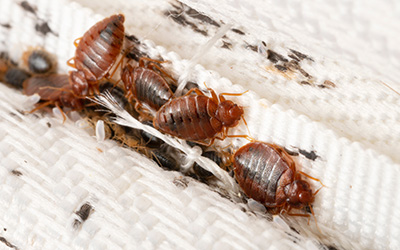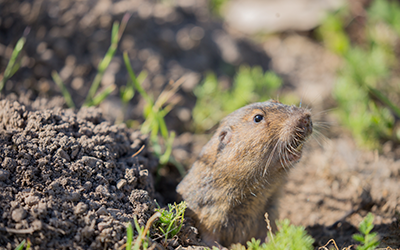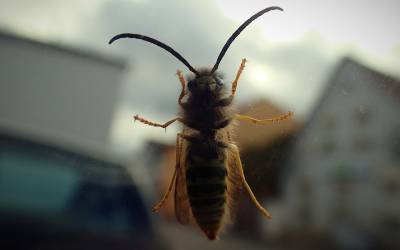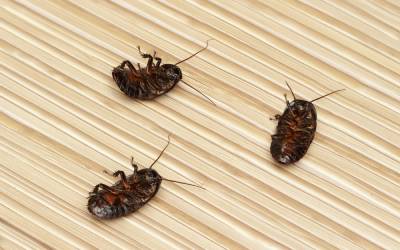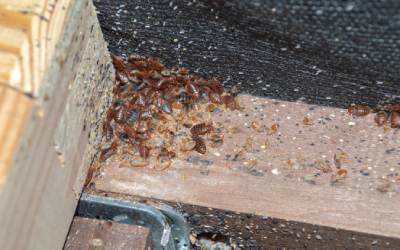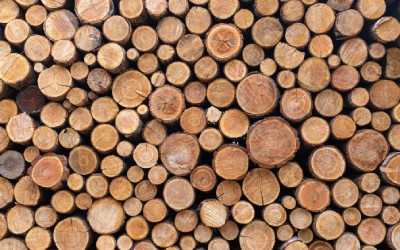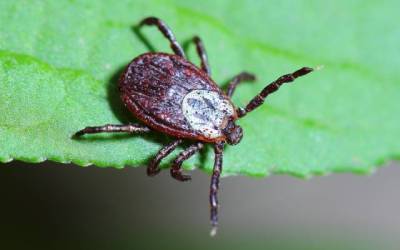When you’re caught up in the excitement of a vacation, bed bugs are probably the last thing on your mind. However, these tiny pests are notorious for hiding out in places like hotels and public transit centers. If you aren’t careful, you may end up accidentally carrying them home with you! To protect yourself, it’s important to know how to check for bed bugs at your vacation rental or hotel. Read on to learn the best ways to avoid these pests while traveling.
How to Prevent Bed Bugs While Traveling
Bed bugs commonly spread through public spaces, often hitching a ride on our clothing or luggage. So, the longer you spend in an airport or on a bus, the higher your risk of picking up bed bugs. Thankfully, there are some steps you can take to avoid bed bugs while traveling:
- Carefully read reviews: Before choosing a hotel or bus line, read reviews from previous travelers. If they mention bed bugs, try finding alternative options.
- Protect your luggage: Since bed bugs like to hide in cloth, soft luggage is more likely to be targeted by these pests. Switch to a hard-back suitcase and seal your clothing in plastic bags that they won’t be able to penetrate.
- After getting home, keep your luggage outside: Until you’ve been able to carefully inspect your suitcase, avoid bringing it indoors. That way, if any insects have attached to your belongings, they won’t have access to your entire home.
- Wash your clothes on high heat: High heat kills bed bugs and their eggs. Even if you haven’t worn all of your clothes, immediately wash them on high heat after returning home.
- Consult a professional if you think you have bed bugs: Nobody wants to wake up covered in bites. If you’ve recently traveled and think you have bed bugs, call a professional to get rid of them as quickly as possible.
Signs of Bed Bugs in a Hotel
After a long day of travel, you may be tempted to just drop your luggage and start relaxing after arriving at your hotel room. However, doing so puts you at a bigger risk of unknowingly running into bed bugs. Knowing how to check for bed bugs in your airbnb or vacation rental is crucial to avoiding an unpleasant experience. Here are some of the most common signs that your hotel room is infested:
- Rusty bloodstains on the mattress, sheets, or pillowcases
- Brownish streaks on the headboard or in the closet
- Distinctive musty or sweet-smelling odor
- Light-yellow bed bug eggs, usually found near the headboard
- Shed exoskeletons, which are often very small and pale in color
- Live bed bugs or waking up with bite marks
When looking for bed bugs, be sure to check in any upholstered areas. Look at the headboard, carpeting, closet, and luggage rack. Consider using a flashlight so you can pick up on small signs that are easily overlooked. If you think your room has an infestation, ask for a different room or seek other accommodations.
Worried You Have Bed Bugs?
If you’ve just gotten back from a vacation and are worried you now have bed bugs, reach out to the experts at Pest Defense Solutions. Dealing with an infestation on your own can feel impossible, but our team has the tools and experience needed to eradicate the bed bugs as quickly as possible. For over 15 years, we’ve proudly helped homeowners throughout El Paso keep their homes pest-free*. Call us now to say goodbye to bed bugs for good.

